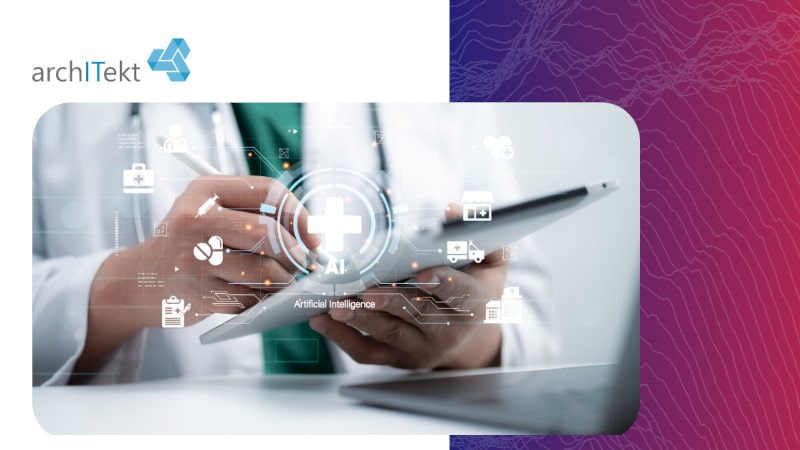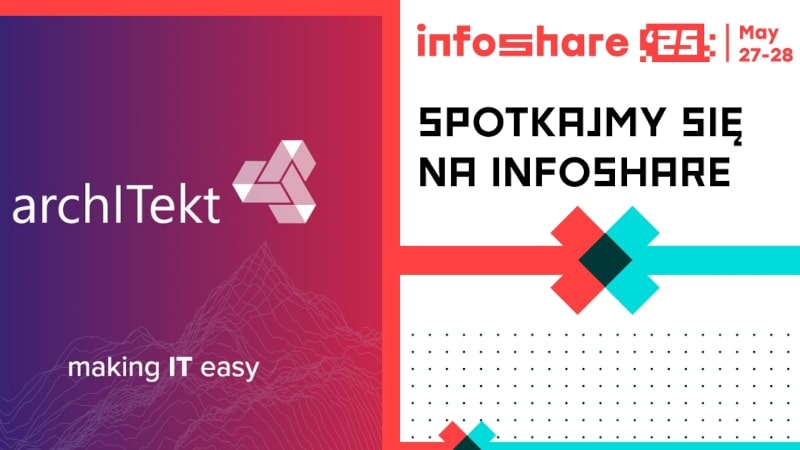Limited access to medical services is one of the greatest challenges facing modern healthcare. Long waiting times, overworked staff, and poor information exchange between facilities often mean that patients wait weeks for diagnosis and treatment.
The key to solving these issues is digitalization — electronic medical records (EMR), telemedicine, and centralized patient data can greatly improve the system’s efficiency. But for these changes to succeed, healthcare needs flexible and fast-to-implement IT solutions.
That’s where low-code technology comes in — but how exactly can it help modernize healthcare?
Transforming Healthcare Facilities
According to the World Health Organization (WHO), digital technologies improve the quality and efficiency of medical services. Low-code platforms play an increasingly important role by enabling the rapid deployment of tailored IT solutions.
Such systems can integrate disparate applications and scattered data, improving information flow. As a result, physicians can make clinical decisions faster, and patients gain easier access to their medical records.
What Is Low-Code?
Low-code is an approach to software development that minimizes manual coding. Instead of writing every line of code, developers use visual interfaces and prebuilt components, which significantly speeds up the creation and deployment of applications.
According to Gartner, by 2025 70% of new business applications will be built using low-code technology.
In healthcare, low-code can support:
- Process automation
- Integration of IT systems
- Electronic Document Management (EDM/EOD)
- Telemedicine and e-health services
- Building educational platforms
Experts predict that the global low-code market will reach $101.7 billion by 2030, with an average annual growth rate of 22.5% (Grand View Research). The technology’s popularity surged during the COVID-19 pandemic, when medical facilities had to quickly adopt new digital solutions.
Poland’s Recovery and Resilience Plan — A Catalyst for Digital Healthcare
Digital transformation is now a strategic priority for the medical sector in Poland.
Under the National Recovery Plan (Krajowy Plan Odbudowy, KPO), PLN 18 billion has been allocated to modernize healthcare, with PLN 4 billion dedicated to digitalization.
Key investment areas include:
- Implementation of electronic medical records (EMR/EDM)
- Development of AI-based healthcare tools
- Strengthening cybersecurity
- IT system integration and expansion of telemedicine
These investments will allow hospitals to modernize their infrastructure and give patients access to more efficient, safer, and modern care.
However, all projects must be completed by June 2026 — making time-to-implementation critical.
Choosing the Right IT Solutions
With deadlines approaching, many organizations face uncertainty about what solutions to adopt. Not every innovation must rely on AI — proven solutions can be cheaper, safer, and more efficient.
It is essential to evaluate the real value of AI and the cost of maintaining advanced technologies to avoid unnecessary complexity.
Security is another non-negotiable factor. Systems must comply with GDPR, follow European health data regulations (including EHDS repositories), and meet NIS2 directive requirements — such as incident reporting, business continuity planning, and robust IT security measures (source: Digitalization of the Healthcare System under Poland’s National Recovery Plan: Challenges, Opportunities, and Recommendations).
Why the VSoft archITekt Low-Code Platform Fits These Needs
The VSoft archITekt platform goes far beyond traditional low-code tools.
It is highly configurable, scalable, and capable of processing large data volumes. Organizations can start with simple applications and gradually evolve toward complex enterprise-grade systems — without having to replace the platform as their needs grow.
Unlike many competing platforms, archITekt does not lock users into early-stage limitations but supports continuous development and digital expansion.
Real Use Cases of archITekt in Healthcare
Automating Triage & Workflow
In a medical facility in Kenya, archITekt streamlined the triage process — enabling patients to book appointments faster and helping doctors work more efficiently.
The system now automates patient registration, visit and treatment scheduling, routing requests to appropriate departments, tracking medical history, and sending prescriptions to pharmacies.
The first MVP was built in just four days — several times faster than with traditional coding methods.
Electronic Document Management (EDM/EOD)
Many healthcare providers still rely on manual spreadsheets and shadow IT solutions to handle patient data, leading to errors, security risks, and inefficiency.
archITekt enables quick deployment of compliant document workflows that:
- Generate and archive records automatically
- Provide secure, rapid access to patient data
- Integrate with hospital systems, reducing reliance on unofficial tools
- Fully comply with GDPR and protect sensitive health data
Organizing documentation and eliminating shadow IT improves data security, operational efficiency, and staff productivity, allowing teams to focus more on patient care.
Optimizing Medical Inventory Management
archITekt supports:
- Real-time monitoring of medical supply usage and availability
- Automatic order generation
- Efficient delivery planning and inventory tracking
Automating warehouse processes improves internal communication, procurement efficiency, and logistics, ensuring better resource utilization and higher-quality patient care.
Conclusion
Thanks to National Recovery Plan funding — including PLN 4 billion dedicated to digital health — Polish healthcare providers have a unique opportunity to modernize their systems with secure, GDPR- and NIS2-compliant solutions.
Low-code platforms like VSoft archITekt enable rapid, cost-effective innovation without requiring large development teams.
By accelerating the digital transformation of healthcare, low-code technology improves patient access, streamlines medical operations, and supports the modernization hospitals urgently need.
For the sector, embracing low-code is no longer just an opportunity — it’s a necessity to meet rising patient expectations and adapt to a rapidly changing healthcare landscape.



